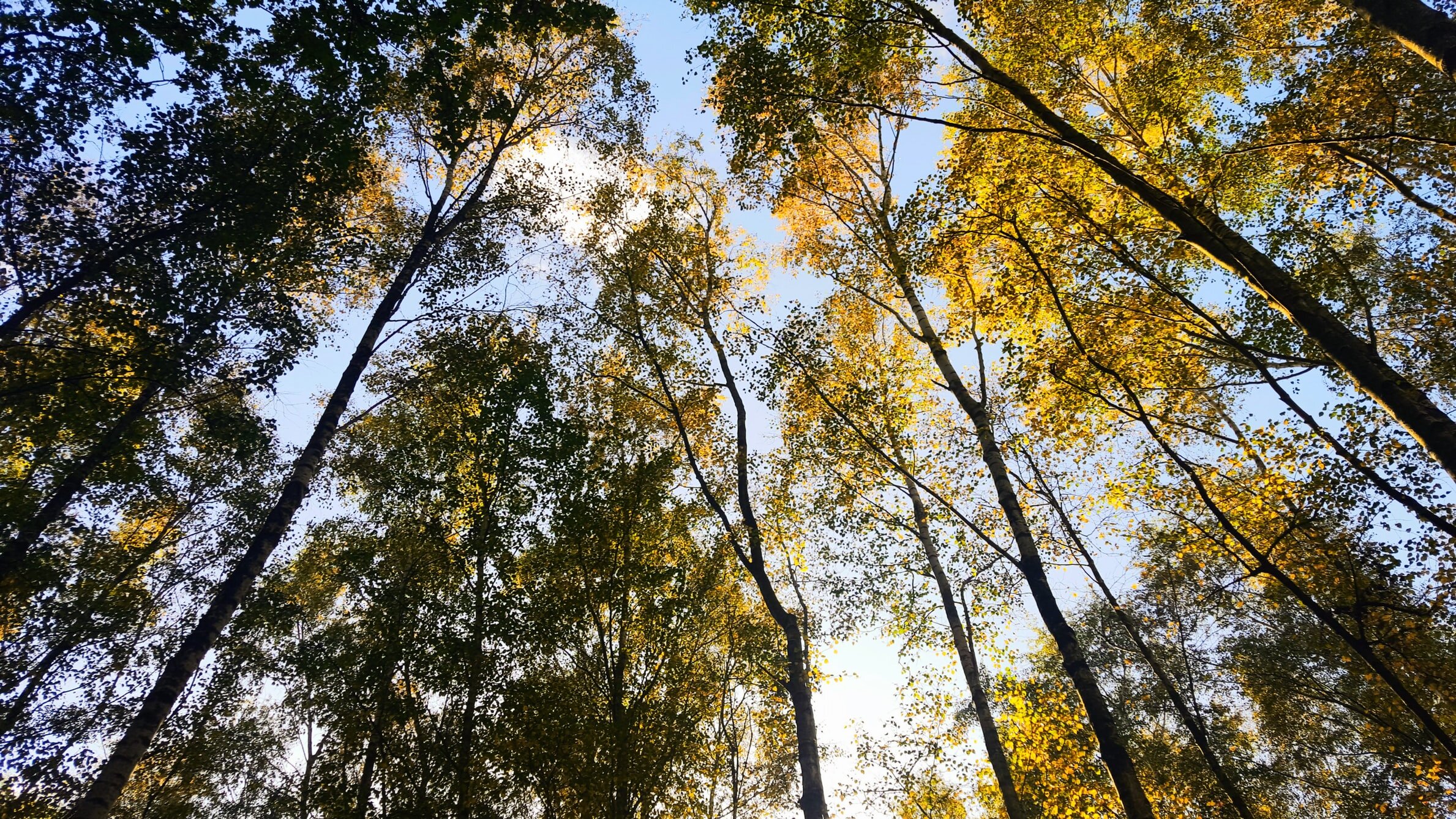How to plant a tree
Here at Possible, we think trees are amazing. As well as providing a key solution to the climate crisis by capturing and storing carbon, planting trees can help mitigate some of its effects, preventing flooding and soil erosion and providing key habitats for a whole host of plants and animals. However, if we’re to save the planet, we need to plant billions more of them.
Before plant your own tree, there are a few things you need to think about. What species you choose depends a lot on where you’re planning to put it. Click here for advice on choosing which species to plant and where to buy it.
Ready to get planting?
The best time to plant a tree is usually from mid November to late March, when the trees are dormant for the winter.
Aim to plant smaller trees around 3 metres from your house, and 2 metres apart from other trees. Larger trees can need much more space, so check online to see what is recommended for a particular species.
Dig a hole slightly wider and deeper than the roots and loosen the soil slightly around the edges. If you’re planting onto land that is turfed, you can chop up the turf you have removed and layer it in the bottom of the hole for extra nutrients.
Check for the collar of the tree - that’s the mark where it originally started to grow out of the soil - and make sure it’s level with the top of your hole. Too deep and the stem might rot, too shallow and any roots left above ground will die.
Hold the tree upright and fill in the soil around the tree, gently pressing it down around the roots. Careful not to compact it too much - you want to make sure water and air can still circulate.
Finally, add a cane for support. You might want to add a sleeve or other barrier to protect your new tree while it grows.
For more advice, as well as alternative methods for planting trees on stony or other difficult terrains, check out the Woodland Trust website.
Don’t have a garden?
If you don’t have your own space in which to plant a tree, don’t panic - here are three other ways to get involved:
Plant trees on land that’s not your own you’ll need permission from a landowner, but if you’ve seen a great spot it’s worth asking. Local councils, schools, or community centres can all be particularly receptive. If you and your local school or community group want to plant trees together, you can even get them for free! See our Tree Town Guide for step-by-step advice on getting more trees planted in your community.
Volunteer your time to help with an existing tree planting project. We’ve compiled some of our favourite tree-planting opportunities here.
If planting trees yourself is not an option you can always donate. In addition to supporting organisations undertaking mass tree-planting and rewilding projects, it’s a good idea to give to organisations working for indigenous rights. Reports have shown that areas owned and managed by indigenous communities store vast amounts of carbon, and these communities are best placed to protect these areas from threats of deforestation posed by governments and corporations looking to exploit land for profit.
Sign up to our mailing list to receive your free copy of our Tree Town Guide
"I'm always looking for ways to tackle climate change, and I've concluded that planting trees is the best way to step up my game! That being said, I would never have thought of starting a tree-planting project in this way had it not been for the Tree Town Guide." - Katie Percival, Bury
Love what we’re doing? If you can afford to give just £2.50 a month, please consider supporting our work. Regular gifts give us the financial stability and security to build meaningful long term campaigns and reach the areas where climate action is needed most.
You might also enjoy:







